The food that we lose and waste could feed 1.26 billion hungry people every year
United Nations' call for action on the International Day of Awareness of Food Loss and Waste, September 2022
Transforming our food systems to get the most from every resource
United Nations' call for action on the International Day of Awareness of Food Loss and Waste, September 2022
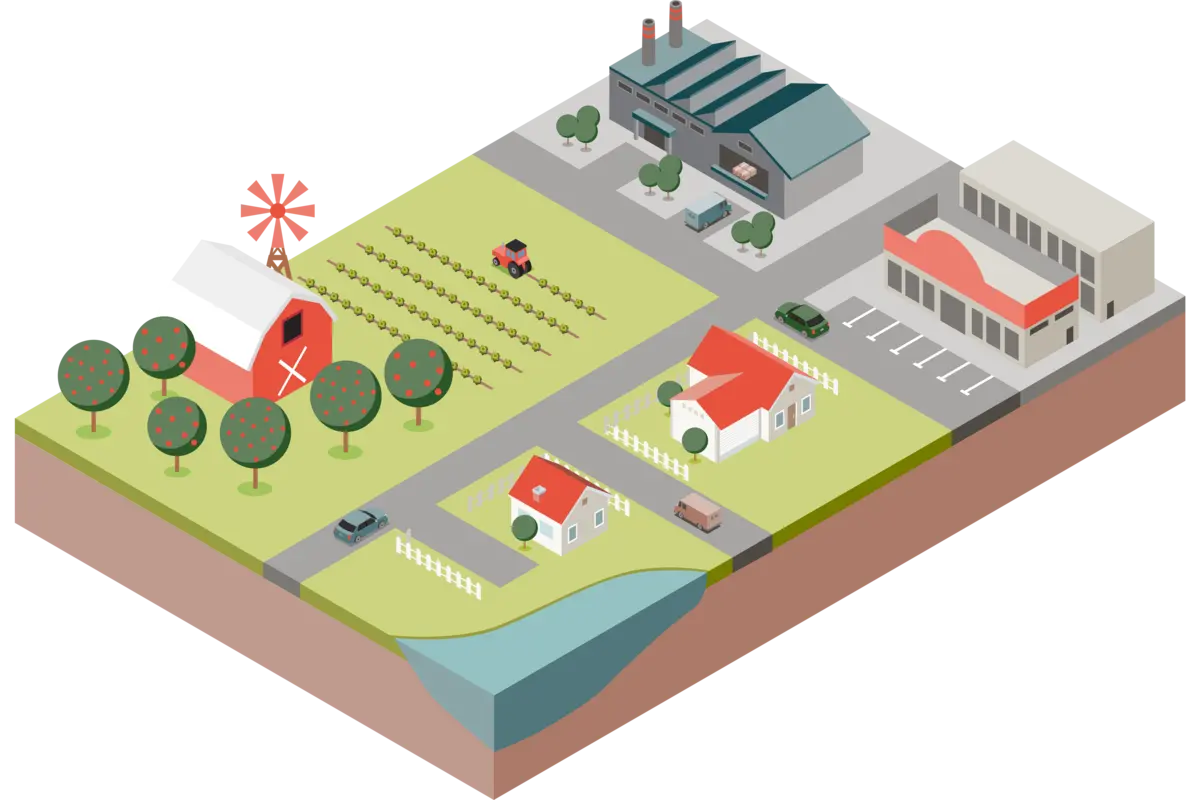
Our biosolutions help keep baked goods moist during shelf life. So from flatbread to cakes and rye bread to wraps, consumers get the freshness they demand.
Fresher baked goods are less likely to be thrown out. Which means our biosolutions help to tackle the problem of avoidable food waste.
Baked goods that stay moist during storage are less likely to be returned to bakeries. That makes our biosolutions a win for consumers and a win for bakers.

Waste and loss happen right across food production, processing and consumption. Biosolutions can help us overcome these inefficiencies by tackling both visible food waste and what we call ‘invisible’ loss.
Invisible food loss is caused by lost opportunities on fields and farms. It happens when growers don't get the very most from their crops. Or when poor health and nutrition impact the growth of farm animals and fish.
Invisible losses in production
Invisible food loss also happens when processors don't get all the nutrition possible from their raw materials. Or when they have to discard by-products of processing, and miss out on the opportunity to turn them into food for our hungry planet.
Invisible losses in processing
We can see the food waste that happens after processing. It’s the food that’s thrown away before it reaches the shops. Or the food that’s taken off supermarket shelves before we can buy it. And it’s the food that we throw in our kitchen bins every day.
Food waste in consumption
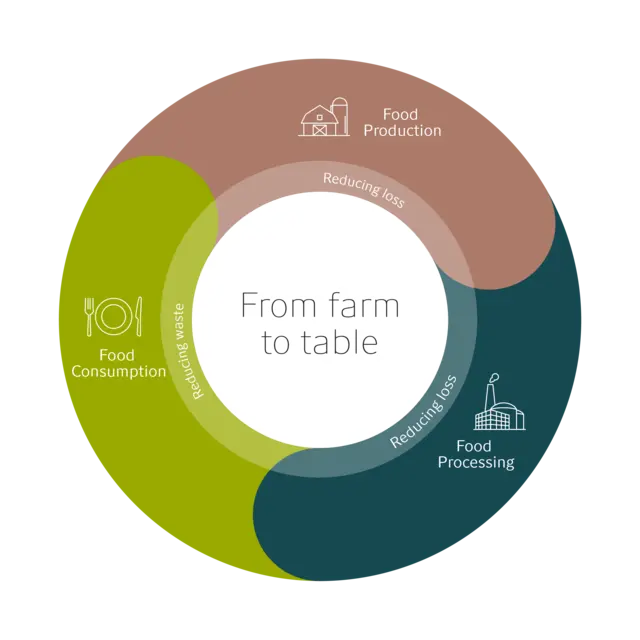
United Nations' call for action on the International Day of Awareness of Food Loss and Waste, September 2022
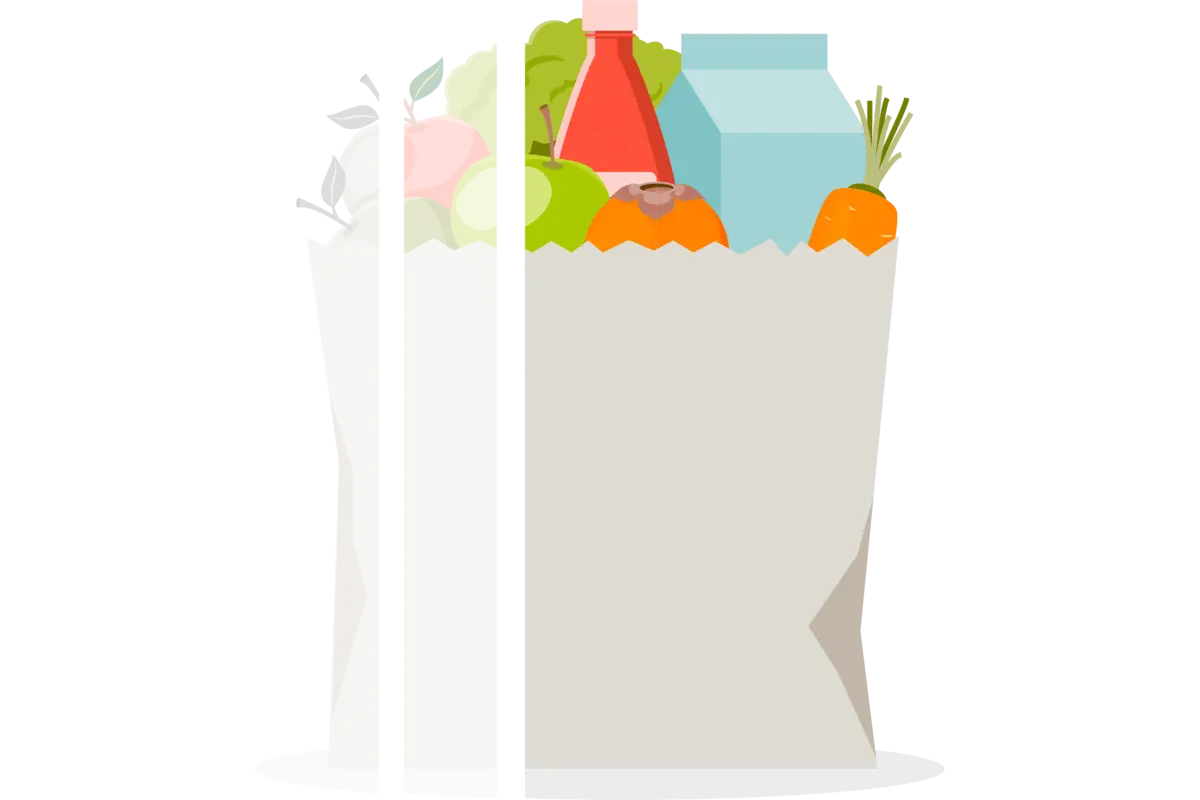
We're already using 38% of our planet's land surface and around 75% of our freshwater withdrawals to grow crops and livestock. So we can't simply use up more of the Earth's finite resources to feed the growing global population. We need to get more from the farms we've got. Tackling invisible losses on farms is a great place to start.
If we eliminated invisible losses, we could get so much more from every farm. Crops could get more nutrients and be better protected from pests and disease, while livestock could get more nutrients from their feed.
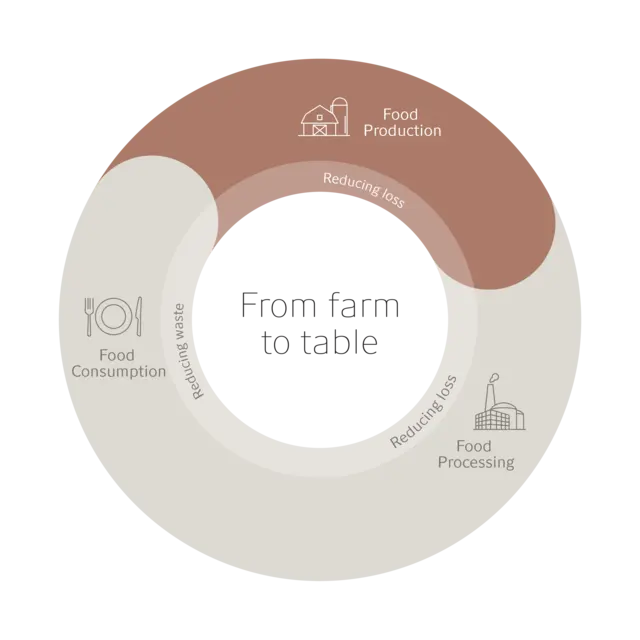
United Nations report: "State of Food Security and Nutrition in the World," published July 2023

The food and beverage industry already leads the way on getting more from less. Processing plants aim to get the highest yield possible with the lowest use of energy, water and other resources. But invisible losses still happen.
Tackling these losses means squeezing all the value possible from raw materials. It means finding ways to get a consistently high-quality end-product, even with raw materials of varying quality. And it means using local raw materials wherever possible, rather than relying on imports.
Invisible losses can also happen when the by-products of processing are used for animal feed or even sent to landfill. These by-products may well have the potential to become valuable, nutritious food for humans.
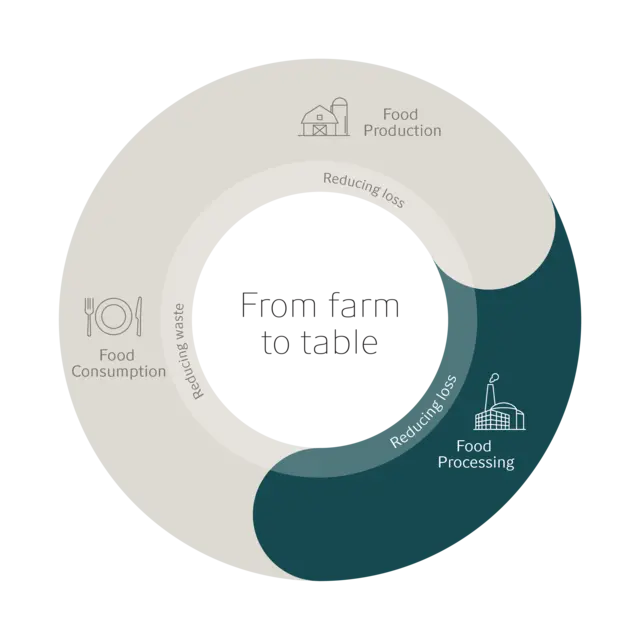
Recycling breaks down materials to be reused. By contrast, upcycling converts waste and low-value by products into high-value ones. Biosolutions play a key role, improving flavor, functionality and production processes, so we get a higher quality output. Biosolutions can help to turn fruit skins into purees or fish and meat co-products into valuable bouillon.
Brewers' Spent Grain (BSG) is another great example of upcycling's potential. BSG is what's left over from barley after brewing, and more than 30 million tonnes are generated globally every year. This protein- and fiber-rich product goes to animal feed, but a lot also ends up in landfills. With biosolutions, brewers upcycle BSG, creating an ingredient for a wide range of products for human consumption, from bread to energy bars.
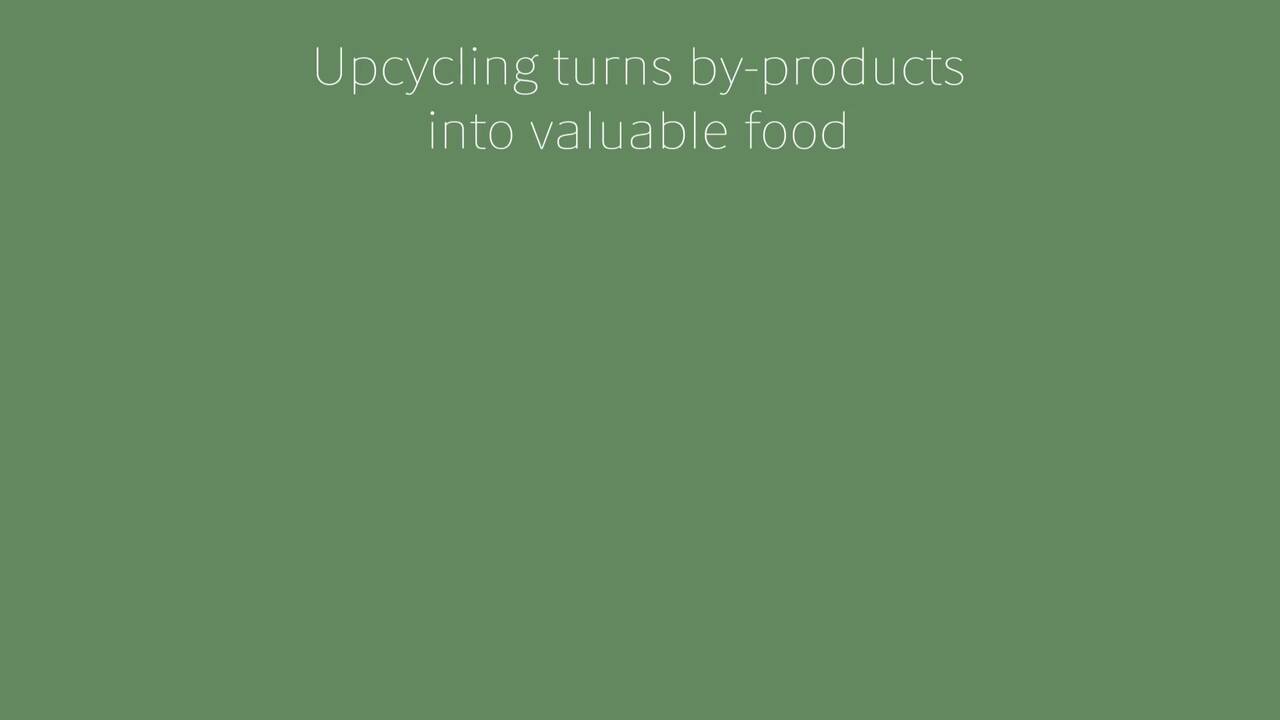
United Nations' call for action on the International Day of Awareness of Food Loss and Waste, September 2022

Retailers and consumers waste 931 million tonnes of food every year. We could avoid so much of this waste if we just changed our perceptions about food.
Overstocking is a great example. Retailers know that customers perceive a fully stocked display as more inviting. They also know that some consumers perceive products past – or even approaching – their sell-by date as no longer safe to eat. So some food gets thrown out a few days before its sell-by date. And the more supermarkets overstock, the more perfectly good food gets thrown out.
Misperceptions about date labels also causes waste in our homes. But poor meal planning also plays a part. If we don't know what we're going to cook, how can we know that we're not buying more than we need?
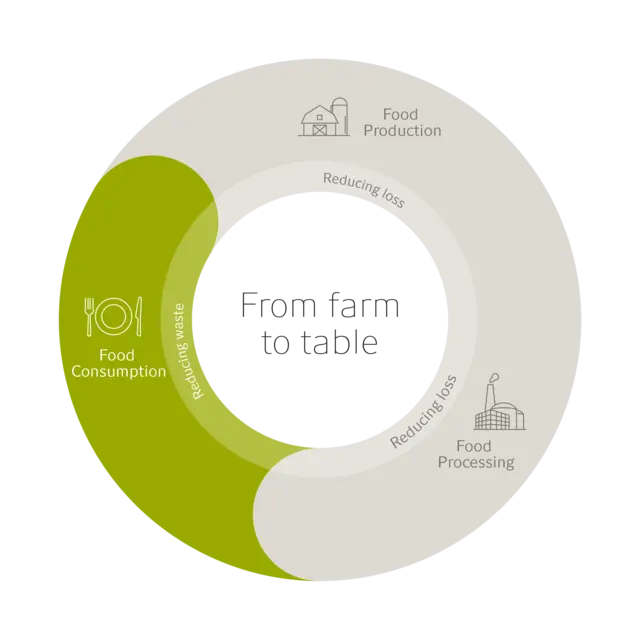
Flatbread is a standard in Middle Eastern and North African cuisines. It's also a significant source of waste.
Most meals come with piles of flatbread, much of which goes uneaten. Flatbreads very quickly lose freshness and go dry, cracking when folded. So uneaten bread is thrown out rather than saved for the next meal. The resulting waste stacks up to an estimated 60,000 meters of flatbread every day. That’s seven times the height of Mount Everest.
Anti-staling biosolutions can help. They keep breads soft, elastic and moist for longer, so consumers can reduce bread waste.

Biosolutions can also help with food packaging waste. Plastic's lightweight, hygienic and durable qualities make it the ideal packaging for food. It reduces transport costs and keeps food fresh. But its durability also makes it almost impossible to completely break down in nature. The result is plastic waste.
Packaging accounts for around 36% of all plastic produced. And around 85% of it ends up as waste. We urgently need to recycle more. Food packaging is often made from PET (Polyethylene terephthalate) and PLA (Polylactic acid). Mechanically recycling PET too many times leads to quality issues. Biosolutions help overcome these.
Biosolutions also enable 100% compostable PLA plastics, so you can compost your food containers along with your food scraps. By unlocking these circular solutions for PET and PLA, biosolutions help to reduce plastic waste across food systems.

Or at least take the time to understand them. Focus on the use-by date and remember many foods are still good after it.
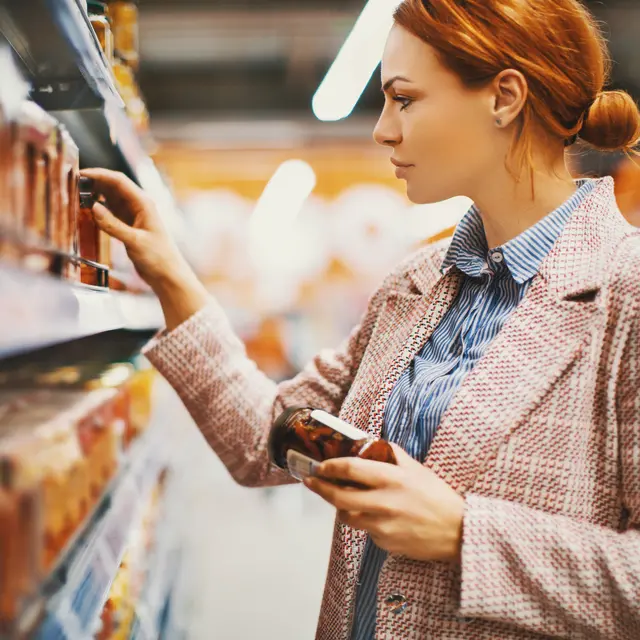
Have a picture of your fridge and pantry shelves with you in the supermarket. It'll stop you buying food you already have.
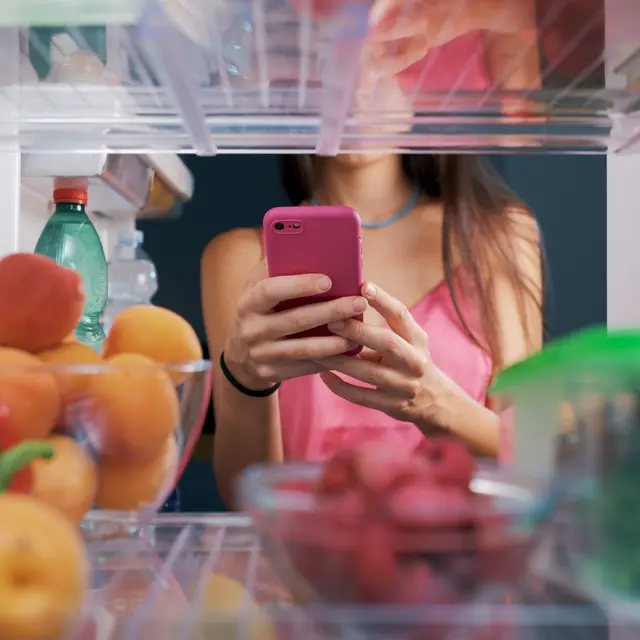
Start composting in your backyard. Before long, you'll be able to give its soil a nutrient boost.
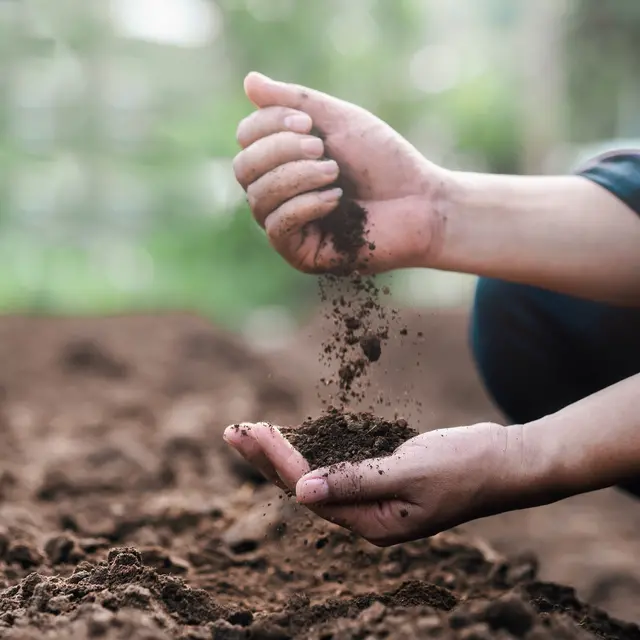
Overstocking contributes to waste, so don't be put off by gaps in supermarket shelves.
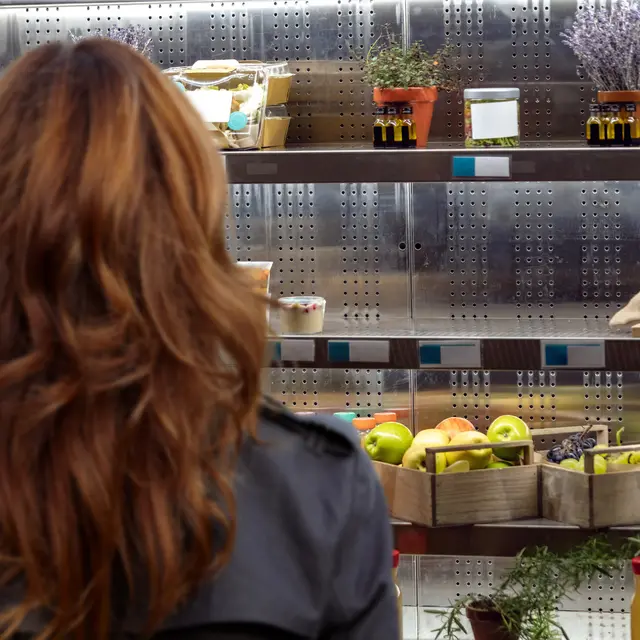
Irregular apples, misshapen strawberries and ugly spuds. Find the beauty in their delicious flavors and stop them going to waste.

Helping to feed our growing population and safeguard the Earth's resources.
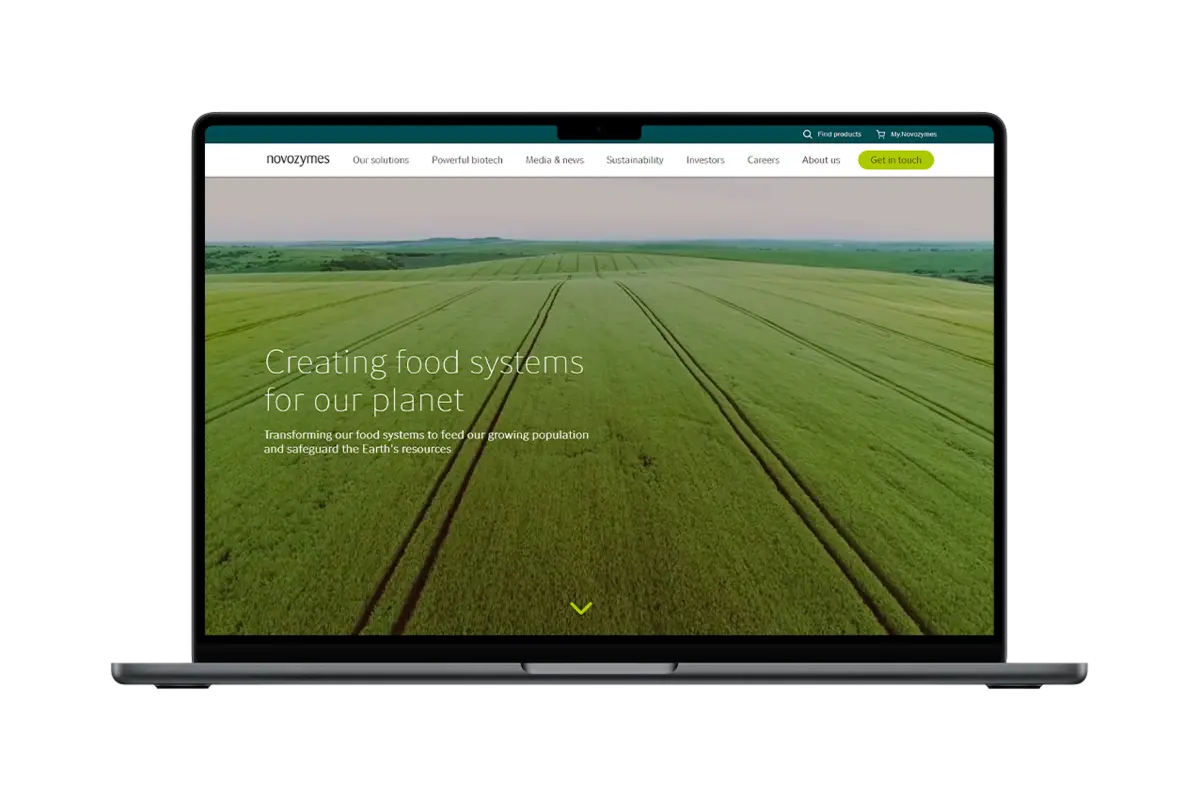
Find out why biosolutions are part of the answer to achieving a healthy planet.
